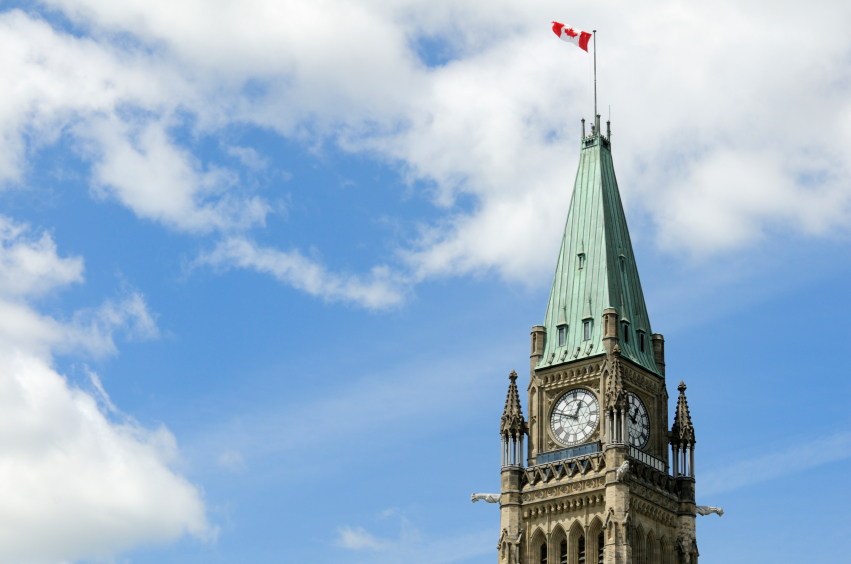“Innovation Insight” is a blog series written by SRC’s President Emeritus Dr. Laurier Schramm, which aims to shed light on the importance of innovation in driving economic, societal and environmental growth.
Research and Technology Organizations (RTOs) help industry get innovation done, and they normally get paid by industry, so why do RTOs need government support as well?

Federal and regional governments generally invest in applied R&D, demonstration, and commercialization partly because they are direct users of the information and know-how developed. Another reason is that without some level of government funding, a reasonable breadth and depth of R&D will not otherwise be conducted (because industry either cannot or will not support it on their own). In order to work in this, the Valley of Death, RTOs need a certain level of unrestricted government support.
A much more difficult question is: how much government money is needed? As trustees of public funds, governments try to invest the smallest amount of money that they can, in return for the greatest possible results. It’s easy to imagine why too little government investment would hamper innovation, but it turns out that there can be such a thing as too much government investment as well.
An international benchmarking study of best-practices for RTOs was conducted by the World Association of Industrial and Technological Research Organizations (WAITRO). They concluded that RTOs should receive unrestricted government “base” funding of 25 to 50 % of total revenues, with a “best practice” level of about 35%. The WAITRO study found that when government investment falls too low, RTOs naturally tend to focus on industrial markets and their short-term needs at the expense of medium- to long-term needs. In this scenario the amount of innovation enabled falls dramatically. Conversely, when government investment becomes too high, RTOs naturally tend to focus on governments’ needs rather than industry’s needs. In this scenario the amount of innovation enabled also falls dramatically.
At the optimum level of government funding, RTOs tend to balance the needs of governments with the needs of industries, and to balance the short-, medium-, and long-term needs of both. This “balanced drivers” model is the one that tends to encourage and support the greatest amount of innovation, and therefore it is the one that tends to produce the greatest economic impacts and jobs.
Do you feel that government support of RTOs is a good use of a small portion of your tax dollars?
Further reading: “Best Practices for Management of Research & Technology Organizations,” Proceedings, IAMOT Conference, Grier, D. and Mengu, M., IAMOT Conference: Orlando, FL, 1998.
